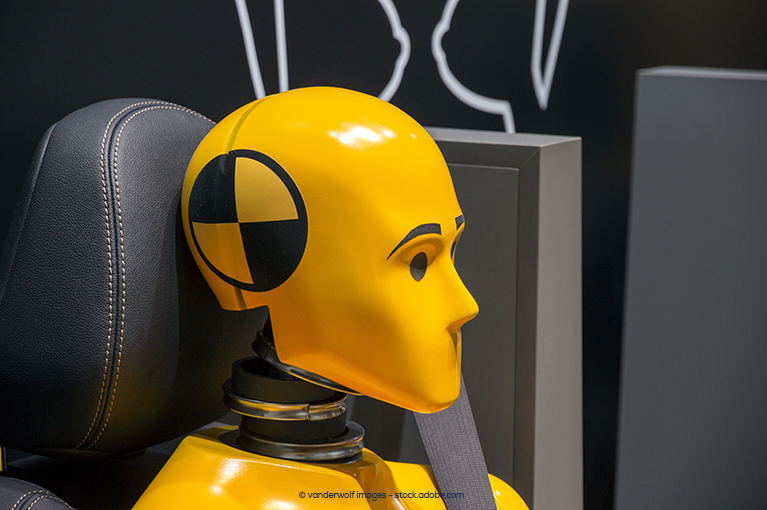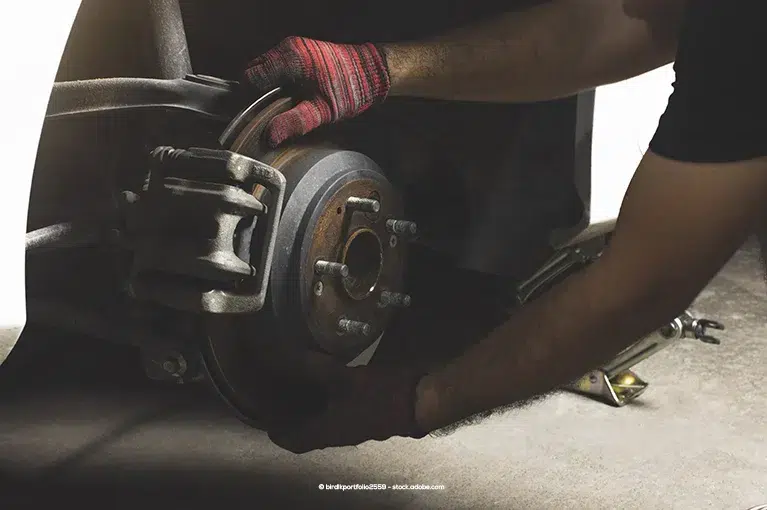Today, seat belts are standard in all motor vehicles in the United States, and more than 90% of Americans use them while driving. However, that hasn’t always been the case. When the National Highway Traffic Safety Administration (NHTSA) mandated lap and shoulder safety belts in 1968, only 14% of Americans wore seat belts.
 When U.S. politicians tried to enforce seat belt use or mandate other vehicle safety measures, they historically faced plenty of backlash.
When U.S. politicians tried to enforce seat belt use or mandate other vehicle safety measures, they historically faced plenty of backlash.
For example, the NHTSA mandated in 1973 that automobiles come equipped with “seat-belt interlock mechanisms” which would prevent vehicles from starting until the drivers and passengers put on their seat belts.
The backlash prompted Congress to strip away that requirement, replacing it with mandated warning systems for unbuckled seat belts. That, too, faced backlash.
In 1977, the NHTSA required automakers to install “passive restraint systems,” which included either airbag systems or automatic safety belts.
Automakers went with the safety belts, which were cheaper but less safe because drivers and occupants may not be able to remove them while escaping a car wreck. Release latches were installed, which defeated the purpose of automatic belts. The requirement of passive restraint systems was rescinded during the Reagan administration.
During the 1980s, state governments were reluctant to pass laws mandating seat belt requirements, and many consumers objected to regulations on the grounds of personal liberty. For example, then-Representative David Hollister introduced a bill in the Michigan House of Representatives that would have required motorists to wear seat belts while driving. In response, Hollister received letters comparing him to dictators.
Elizabeth Dole, then-Secretary of the Department of Transportation, came up with a means of enforcing vehicle safety standards in a way that placed the burden on automakers and state governments. In 1985, Dole required automakers to install driver’s side airbags unless two thirds of state governments passed mandatory seat belt laws by April 1, 1989. This motivated automakers to lobby for seat belt laws from state to state.
However, the 2/3 benchmark was not met by the deadline, so driver’s side airbags were installed in new motor vehicles.
Source: History.com
Lemon Law Help by Knight Law Group is an automotive lemon law firm that exclusively practices in California, with offices in Los Angeles, San Francisco, Sacramento and Orange County. If you are a California resident who purchased or leased a defective vehicle from a licensed dealership in California, we may be able to help you get rid of your potential lemon and recover significant cash compensation. Model year restrictions apply: 2020–Present vehicle models only.
However, we cannot help those who reside outside of California or purchased their vehicle outside of California unless they are active duty members of the Armed Forces, nor will we be able to refer them to a lemon law firm in their states.
To learn more about the California Lemon Law and your legal rights, visit our guide on the California Lemon Law for more information.

















